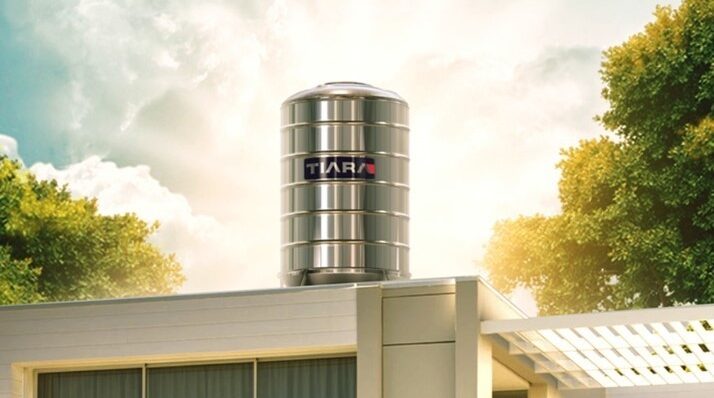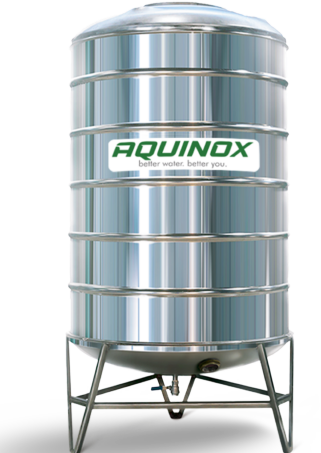
Introduction
Urban slums across the globe are characterized by their dense populations, inadequate infrastructure, and limited access to essential services. Among these critical services, access to clean and safe drinking water remains one of the most pressing challenges faced by residents of such areas. The increasing urbanization, coupled with climate change complications, has accentuated the necessity for innovative water storage solutions that can withstand the unique pressures of these environments. This blog post delves into how stainless steel tanks can significantly improve water storage systems in urban slums, enhancing overall public health and promoting social equity.
The Current State of Water Storage in Urban Slums
In many urban slums, water storage methods are rudimentary at best. Many households rely on improvised solutions such as plastic containers, clay pots, or galvanized iron drums, often leading to multiple issues such as water contamination, rapid degradation of materials, and inadequate storage capacity. Such practices not only compromise water quality but also introduce several health risks, including waterborne diseases, which disproportionately affect vulnerable populations living in these areas.
The inadequacy of existing water storage methods directly impacts the socio-economic well-being of slum residents. Limited access to safe drinking water places considerable strain on households, requiring them to spend valuable time and resources in search of clean water. Moreover, access to unsafe water contributes to the cycle of poverty, hindering educational opportunities, economic development, and overall community resilience.
The Promise of Stainless Steel Tanks
Durability and Longevity
Stainless steel is inherently resistant to rust, corrosion, and staining, making it an ideal material for water storage, especially in urban slums prone to harsh environmental conditions. Unlike plastic or galvanized containers, which can degrade over time, stainless steel tanks offer a robust solution that can withstand the rigors of daily use. This durability translates to lower long-term maintenance and replacement costs.
Hygienic Properties
The non-porous surface of stainless steel prevents bacterial growth and other contaminants, thereby ensuring that stored water remains clean and safe for consumption. Unlike plastic containers, which can leach harmful chemicals into stored water, stainless steel maintains water quality and preserves its potability. This characteristic is particularly significant in slums where the risk of waterborne diseases is elevated due to unsanitary conditions.
=Sustainability and Environmental Impact
Stainless steel is a 100% recyclable material, making it an environmentally friendly choice for water storage solutions. In an era when environmental sustainability is paramount, utilizing stainless steel tanks aids in reducing plastic waste and promotes a circular economy. Furthermore, the lifespan of stainless steel tanks naturally decreases the frequency of replacements and waste generation, highlighting their eco-friendly credentials.

Capacity and Scalability
Stainless steel tanks can be manufactured in various sizes, ranging from small household units to large-scale community storage solutions. This scalability allows for flexibility in addressing the specific needs of densely populated slums. Communities can implement a tiered approach, establishing smaller tanks for individual households while also investing in larger tanks for communal use. Such systems can be organized to ensure equitable access to safe drinking water, thereby promoting social cohesion.
Ease of Maintenance
In contrast to traditional water storage solutions, which may require frequent cleaning and upkeep, stainless steel tanks require relatively minimal maintenance. Regular inspections to identify leaks or damage are adequate to ensure their longevity. Moreover, the cleaning process for stainless steel is often simpler, contributing to the overall reliability of the water storage system.
Conclusion
As urbanization continues to swell and challenges regarding water access escalate in urban slums, it is imperative to explore sustainable and effective water storage solutions. Stainless steel tanks offer a promising alternative, with their durability, hygiene, and environmental sustainability making them ideal for densely populated environments. Addressing the barriers to adoption and implementation is critical to ensuring these benefits reach vulnerable populations.


